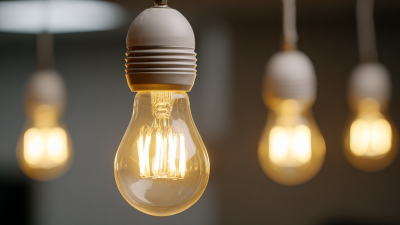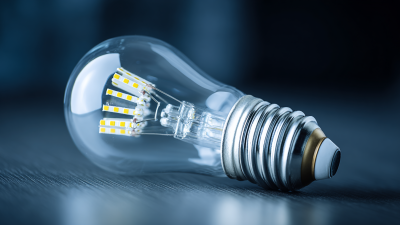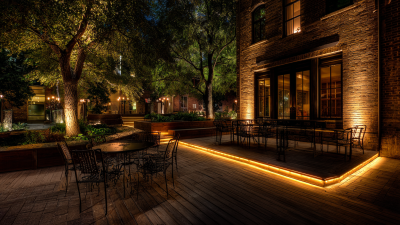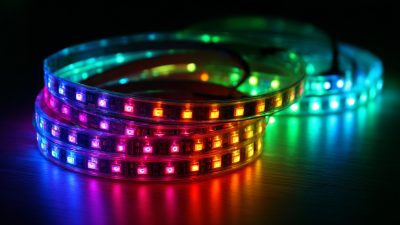

In recent years, the push for energy efficiency has become paramount across various industries, leading to significant advancements in lighting technologies. Among these innovations, LED lighting solutions have emerged as the gold standard, consistently demonstrating superior energy savings and cost-effectiveness. According to the U.S. Department of Energy, LED lighting can achieve up to 80% energy savings compared to traditional incandescent bulbs, significantly reducing both electricity consumption and operational costs for businesses and consumers alike.
Furthermore, a report from the International Energy Agency indicates that global adoption of LED lighting could save around 1,700 terawatt-hours per year by 2030, equivalent to the annual electricity consumption of nearly 200 million households. This staggering potential illustrates why transitioning to LED lighting solutions is not just a trend but a necessary move towards sustainable practices. As governments and businesses alike strive to meet strict greenhouse gas reduction targets, the shift to energy-efficient lighting becomes an imperative strategy that aligns economic benefits with environmental responsibility.
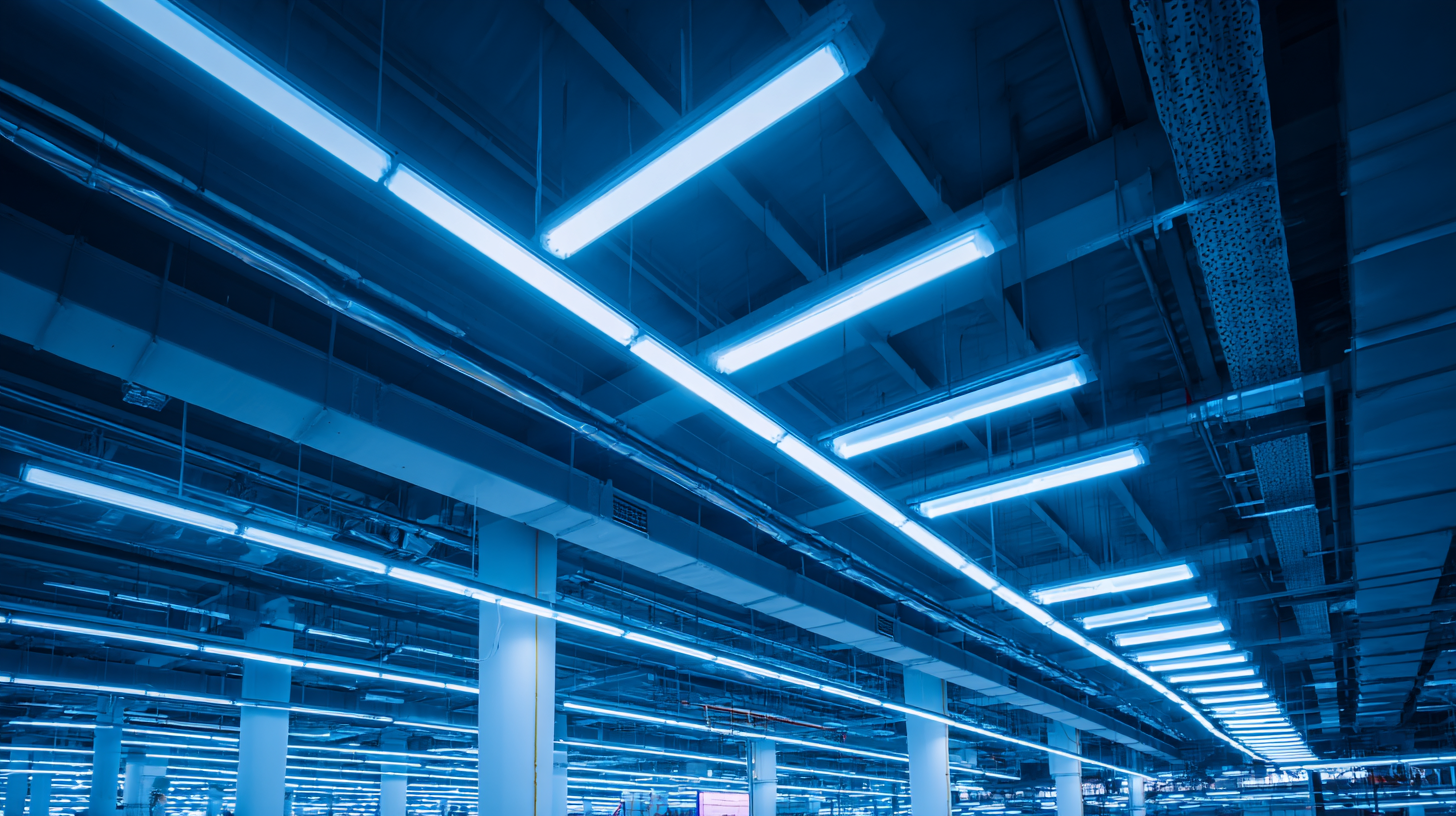
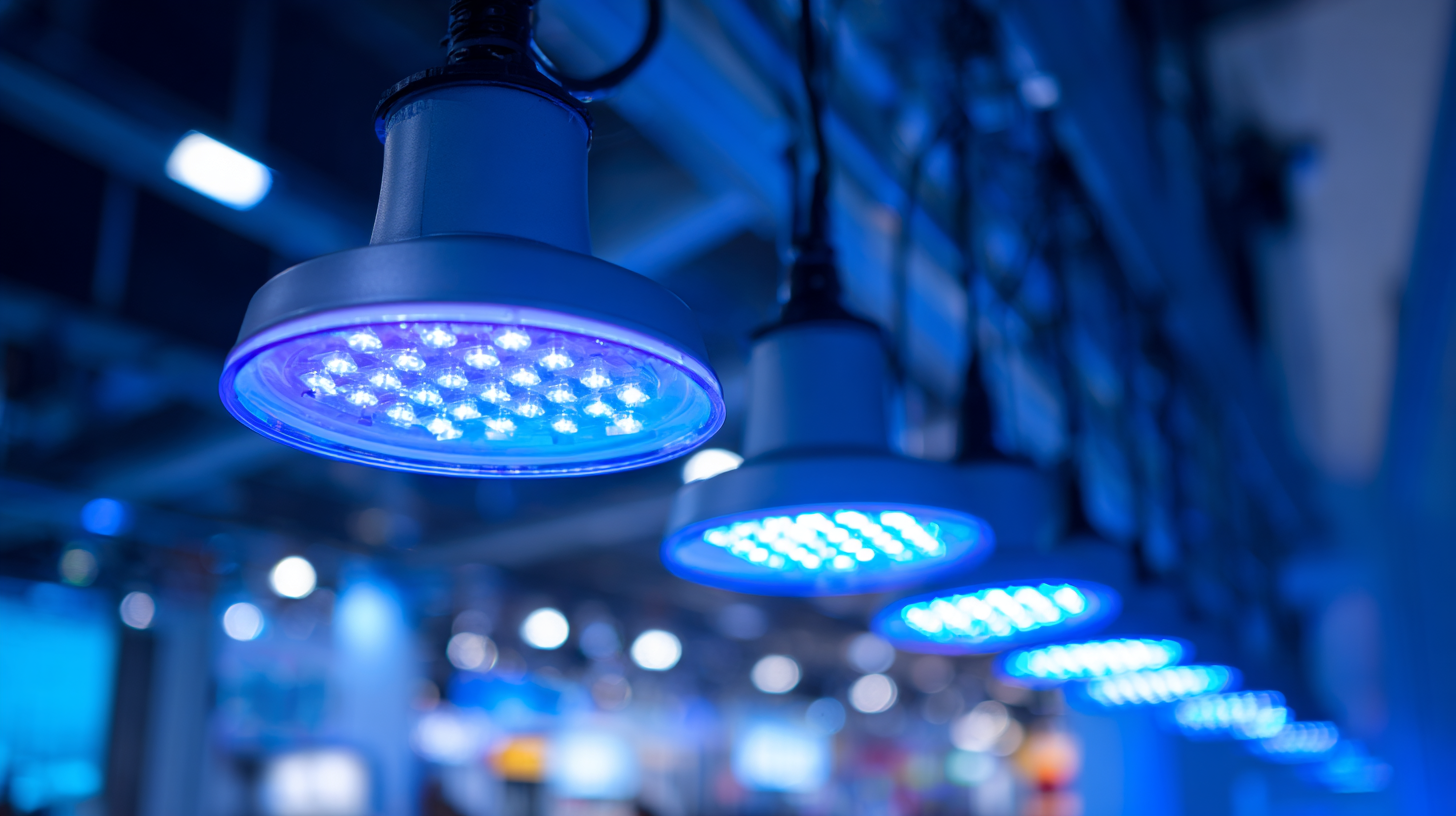 LED lighting solutions have gained significant traction in both residential and commercial sectors due to their remarkable durability and longevity compared to traditional lighting options like incandescent and fluorescent bulbs. According to the U.S. Department of Energy, LED lights can last up to 25,000 to 50,000 hours, which is 25 times longer than incandescent bulbs, typically lasting about 1,000 hours. This substantial lifespan reduces the frequency of replacements, leading to lower maintenance costs and less waste for landfills.
LED lighting solutions have gained significant traction in both residential and commercial sectors due to their remarkable durability and longevity compared to traditional lighting options like incandescent and fluorescent bulbs. According to the U.S. Department of Energy, LED lights can last up to 25,000 to 50,000 hours, which is 25 times longer than incandescent bulbs, typically lasting about 1,000 hours. This substantial lifespan reduces the frequency of replacements, leading to lower maintenance costs and less waste for landfills.
Furthermore, the durability of LED lights enhances their performance in diverse environments. Unlike fragile incandescent bulbs, LEDs are built with solid-state components, making them resistant to shock, vibration, and temperature fluctuations. A report by the Energy Saving Trust highlights that the robust nature of LED technology not only extends their operational life but also minimizes the risk of failure in critical applications, such as industrial settings and outdoor lighting. This resilience contributes to their attractiveness for organizations aiming to maximize their investment while minimizing energy consumption and operational disruptions.
LED lighting has revolutionized the way we think about energy consumption in both residential and commercial settings. One of the most significant advantages of LEDs is their efficiency in power usage. Unlike traditional incandescent bulbs that convert a large portion of energy into heat, LEDs use approximately 75% less energy to produce the same amount of light. This remarkable efficiency not only leads to substantial reductions in energy consumption but also results in lower electricity bills for consumers.
Furthermore, the longevity of LED lights contributes significantly to cost savings. With an average lifespan of 25,000 hours or more, LEDs outlast their traditional counterparts by several times. This extended durability means fewer replacements and less waste, translating into additional savings over time. By minimizing power usage and reducing overall operational costs, LED lighting solutions emerge as an ideal choice for anyone looking to enhance energy efficiency while enjoying financial benefits.

LED lighting solutions are not only a significant advancement in technology but also play a crucial role in promoting sustainable practices. Unlike traditional lighting options, LEDs consume far less energy, which reduces the overall carbon footprint associated with electricity generation. By using less power, LEDs help decrease greenhouse gas emissions, making them an environmentally friendly choice. In addition, their longer lifespan means fewer fixtures need to be produced and disposed of, further reducing waste and resource consumption.
Moreover, LEDs are often manufactured with fewer hazardous materials compared to their conventional counterparts, such as incandescent and fluorescent bulbs. This makes their disposal less harmful to the environment. Many LED products are also designed to be recyclable, aligning with the principles of a circular economy. As consumers and businesses increasingly prioritize sustainability, adopting LED technology provides a pathway to significantly minimize environmental impact while benefitting from lower energy costs. This intersection of cost savings and eco-friendliness positions LEDs as a cornerstone of responsible energy consumption.
| Category | LEDs | Traditional Bulbs |
|---|---|---|
| Lifespan | 25,000 - 50,000 hours | 1,000 - 2,000 hours |
| Energy Consumption | 6 - 20 watts | 40 - 100 watts |
| Cost Savings (over 10 years) | $500 - $1,000 | N/A |
| Environmental Impact | Lower carbon footprint | Higher carbon footprint |
| Heat Emission | Minimal | High |
LED lighting solutions are renowned for their versatility, making them ideal for a wide range of applications and settings. From residential homes to commercial spaces, and even outdoor environments, LED designs can be adapted to meet specific lighting needs. Their availability in various shapes, sizes, and colors allows for creative lighting designs that enhance the aesthetic appeal of any area while providing effective illumination. For instance, LED strip lights are perfect for accent lighting in living rooms, while high-bay LED fixtures are excellent for illuminating warehouses and industrial settings.
Moreover, the flexibility of LED technology enables it to be used in specific applications such as landscape lighting, streetlights, and signage. LEDs can be integrated into smart lighting systems, allowing for remote control and automation, which further enhances energy efficiency. The ability to adjust brightness and color temperature according to the environment and time of day ensures that each lighting solution is tailored to its context, optimizing both functionality and energy savings. Hence, the adaptability of LED designs not only addresses practical lighting needs but also supports innovative solutions across different sectors.
When considering the transition to LED lighting, it's essential to weigh the initial investment against potential long-term savings. While the upfront costs of LED fixtures may be higher than traditional lighting options, the benefits quickly accumulate. LED lights consume significantly less energy, with efficiency rates that can lead to up to 80% savings on energy bills over time. This not only results in lower utility costs but also contributes to a reduced carbon footprint, aligning with sustainable practices.
**Tip:** Look for rebates and incentives offered by local governments or utility companies to help offset the initial expenses of LED lighting. These programs can dramatically improve the return on investment, making it easier to switch to energy-efficient solutions.
Moreover, LED lights have an impressive lifespan, often lasting up to 25,000 hours or more compared to the 1,000-hour lifespan of incandescent bulbs. This longevity means less frequent replacement costs and reduced maintenance time and labor. The total cost of ownership for LED lighting tends to favor those who make the initial investment, as the cumulative savings from energy efficiency and extended durability ensure significant financial gains over just a few years.
**Tip:** Conduct a cost analysis comparing current lighting expenses with projected savings from LED conversion. This thoughtful approach can illuminate the financial benefits and facilitate informed decision-making on lighting upgrades.
